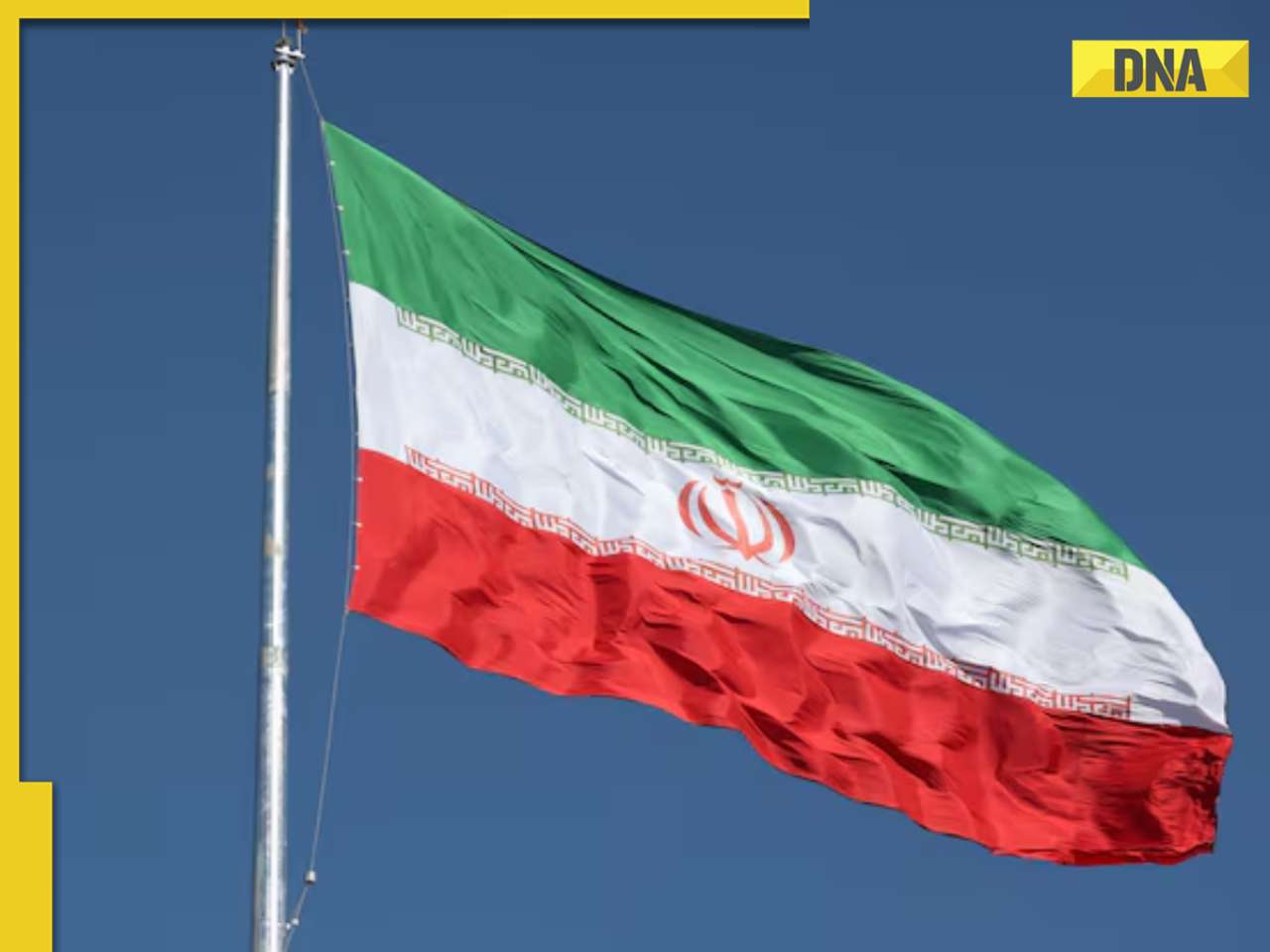Iran has the capability of creating a nuclear weapon within a year. Considering this, it is possible that Israel or the US may target Iran’s nuclear site in Isfahan
On April 19, 2024, Israel conducted airstrikes on an air defence site in Isfahan, Iran. This area is notable for housing two major Iranian nuclear facilities—the Nuclear Technology Center in Isfahan and the Natanz Enrichment Center. The location of the airstrike near key sites has led the global media to speculate about the status of Iran’s nuclear programme and the possibility of targeting nuclear facilities.
Since 2018, Iran has curtailed the scope of work for international inspectors, reducing the availability of public information about its nuclear programme. The 2015 Joint Comprehensive Plan of Action (JCPoA) —a deal to prevent Iran from quickly developing nuclear weapons in exchange for lifting economic sanctions—was agreed upon to limit Iran’s nuclear reserves, ensuring it would take at least a year to develop a nuclear weapon.
The US thought a 12-month window would give its intelligence agencies enough time to spot any nuclear weapon development in Iran and allow for diplomatic intervention. However, since 2021, Iran has been enriching uranium to 60% purity and higher, greatly reducing the time needed for a nuclear breakout.
Enriching uranium increases the concentration of uranium-235, the isotope necessary for nuclear reactions. Natural uranium contains very little of this isotope—about 0.7%. To build or a nuclear weapon, uranium needs to be enriched to about 90% uranium-235. Enriching to 60% is a significant step towards reaching weapons-grade material, which shortens the time required for producing a nuclear weapon.
Principal Conclusion-1: If Iran decides to pursue a nuclear weapon, it is very likely it could develop the necessary capabilities in a short time.
On April 23, 2024, an Iranian lawmaker said Iran could start testing nuclear weapons within a week of receiving the order. In March 2023, the US had estimated that Iran could generate enough high-enriched uranium (HEU) to build a bomb in just 10-15 days. However, Royal United Services Institute (RUSI), a British defence and security think tank that conducts research and analysis on a wide range of international security issues—pointed out that fitting a nuclear warhead onto a missile would likely take between six months and a year
In December 2023, Israeli intelligence reported that Iran had not yet decided to pursue the development of a nuclear weapon
In April 2021, Iran started enriching uranium to 60% purity, substantially reducing the time required for a ‘breakout’ effort. According to the International Atomic Energy Agency (IAEA)—an international organization that seeks to promote the peaceful use of nuclear energy and prevent proliferation of nuclear weapons—Iran now possesses enough nuclear material to build two nuclear weapons
Principal Conclusion-2: Since 2021, the reduced number of international inspections has, possibly, not deterred Iran from expanding its undisclosed nuclear sites.
In March 2024, US intelligence suggested that, if Iran were to make a move towards developing a nuclear weapon, it would, probably, use secret, rather than officially declared, nuclear facilities
In 2018, the International Atomic Energy Agency (IAEA) identified four undeclared nuclear sites in Iran, all of which were established before 2003. Since the report was release, there has been no indication of any new or expanded undeclared sites
Since 2021, Iran has focused more on making its nuclear facilities tougher and more secure rather than hiding them. This shift was influenced by an Israeli attack in July 2020 on the Natanz centrifuge production centre in Iran—a key facility for uranium enrichment that is crucial for both civilian nuclear power and potential weapons development, prompting Iran to relocate this facility underground
Principal Conclusion-3: It is doubtful that airstrikes could effectively halt Iran’s nuclear weapons development.
The Joint Military Commission for Nuclear Affairs (JMCN)—a group that assesses and reports on military aspects of nuclear programmes and facilities—estimates that the Natanz nuclear facility is situated 80-100 metres underground. However, the most powerful bunker-busting bomb available to Israel and the West, the American-made GBU-57A/B MOP, can penetrate only up to 60 metres before exploding
While most of Iran’s nuclear sites are above ground, the underground facility at Natanz is its main enrichment location, housing 50,000 centrifuges, which are crucial in the nuclear fuel cycle for enriching uranium. Centrifuges work by spinning uranium hexafluoride gas at high speeds to increase the concentration of the uranium-235 isotope. This process separates the lighter U-235 from the heavier U-238. The level of enrichment depends on the intended use: lower levels for nuclear power and higher levels for nuclear weapons
Previous Israeli actions to hinder Iran’s nuclear programme have included secret operations and cyber attacks. In April 2021, US intelligence reported that an Israeli cyber attack on the Natanz facility delayed Iran’s nuclear progress by about nine months.
Summary of Analysis
It is assessed with moderate confidence that Iran could potentially develop nuclear weapons within 12 months, assuming it used its declared nuclear facilities. However, if Iran opts for the use of hidden facilities for a breakout, it would, possibly, take significantly more than 12 months to develop such capabilities.
(The author of this article is a Defence, Aerospace & Political analyst based in Bengaluru. He is also Director of ADD Engineering Components, India, Pvt. Ltd, a subsidiary of ADD Engineering GmbH, Germany. You can reach him at: girishlinganna@gmail.com)
(Disclaimer: The views expressed above are the author’s own and do not reflect those of DNA.)

